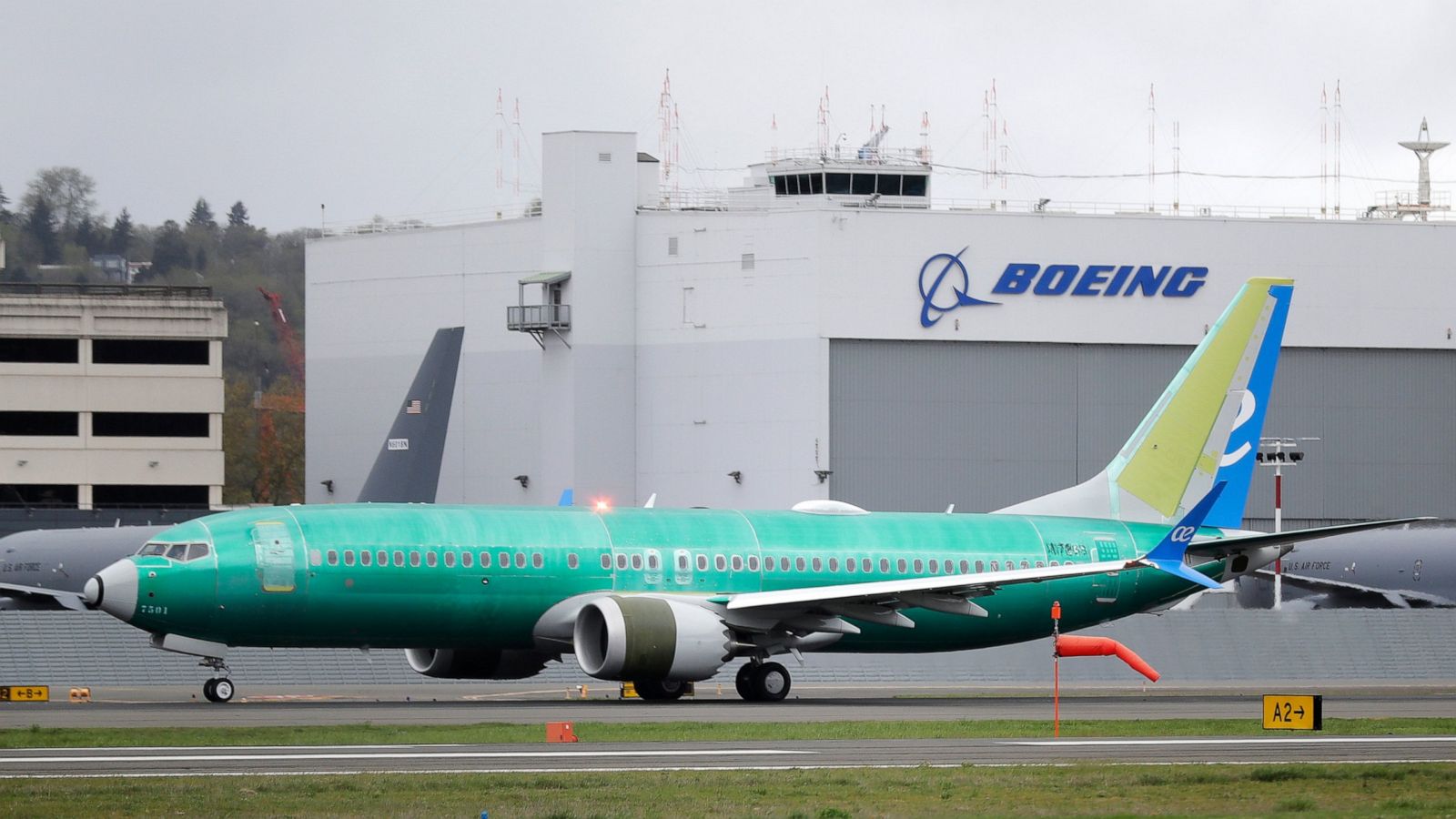News, Ideas, Tips, Great Fixes ......
Nine regulators join Boeing 737 MAX review
From Airline Ratings

By Steve Creedy
Regulators from Australia, Brazil, Canada, China and Europe are among the nine authorities that have confirmed they will participate in the Boeing 737 MAX Joint Authorities Technical Review due to begin at the end of the month.
The US Federal Aviation Administration announced the list Friday US time and said the first meeting is due to take place on April 29.
The review is expected to take 90 days and is being chaired former national transportation safety Board chairman Chris Hart.
“The team will evaluate aspects of the 737 MAX automated flight control system, including its design and pilots’ interaction with the system, to determine its compliance with all applicable regulations and to identify future enhancements that might be needed,” the FAA said.
Confirmed participants are:
Australia
Civil Aviation Safety Authority (CASA)
Brazil
Agencia Nacional de Aviação Civil (ANAC)
Canada
Transport Canada Civil Aviation (TCCA)
China
Civil Aviation Administration of China (CAAC)
European Union
European Aviation Safety Agency (EASA)
Japan
Japan Civil Aviation Bureau (JCAB)
Indonesia
Directorate General of Civil Aviation (DGCA)
Singapore
Civil Aviation Authority of Singapore (CAAS)
United Arab Emirates
General Civil Aviation Authority (UAE GCAA)
The review is one of several being undertaken into the certification of the MAX following the crash of two aircraft in less than five months.
Boeing is working on modifications to a controversial software linked to both crashes, the maneuvring augmentation characteristics system, MCAS.
Boeing chief executive Dennis Muilenburg tweeted on April 16 that the company was making steady progress towards certification of the software and related training changes.
The company had just completed the last official engineering test flight of the updated software prior to a certification flight with the FAA.
Muilenburg said this had involved 120 MAX flights totaling more than 203 hours of flying time.
He had completed a demonstration flight and had seen first hand the software in its final form “operating as designed across a range of flight conditions”.
However, potential differences emerged between Canada and the US on whether training for the new software should be in a simulator or be computer-based.
When you subscribe to the blog, we will send you an e-mail when there are new updates on the site so you wouldn't miss them.